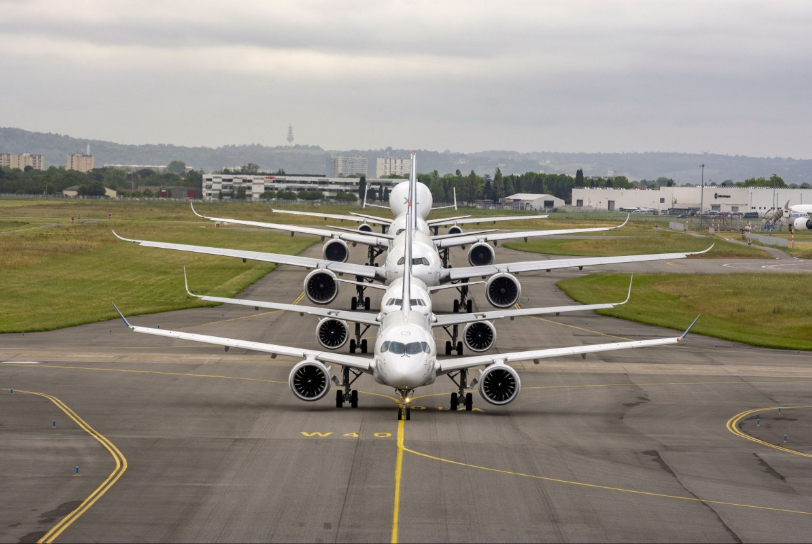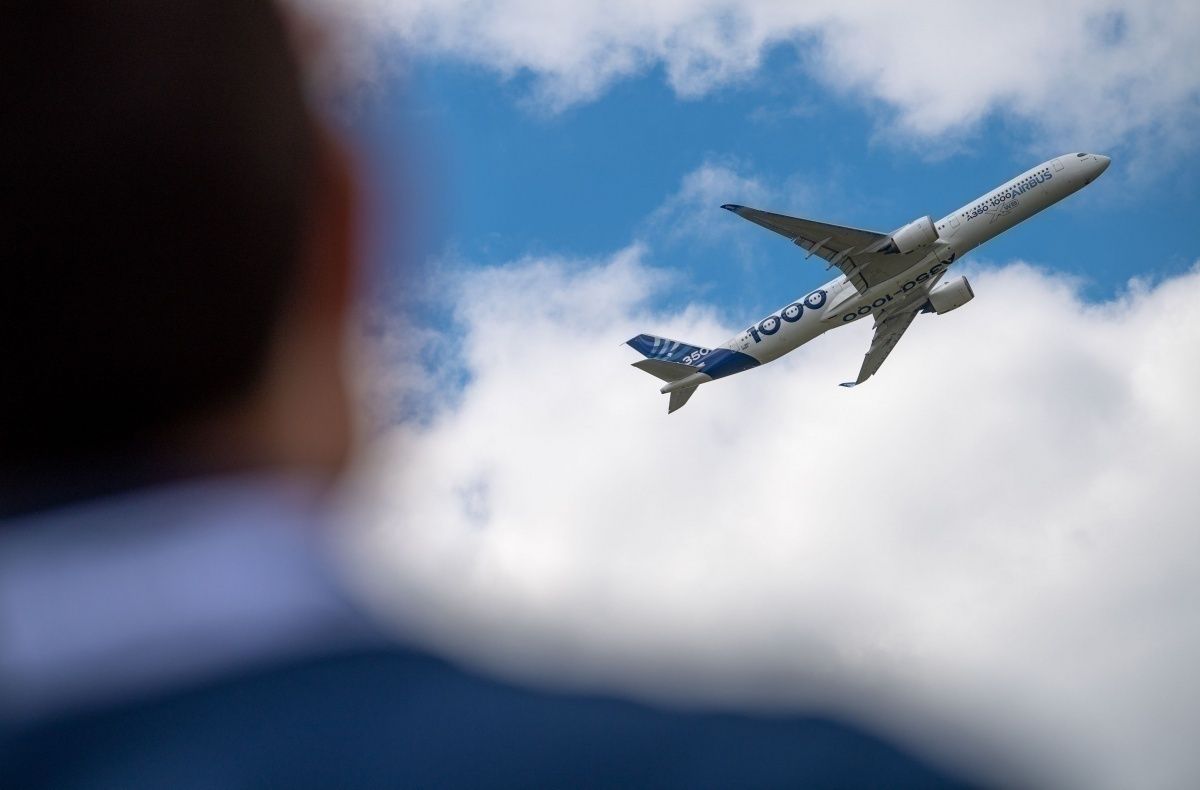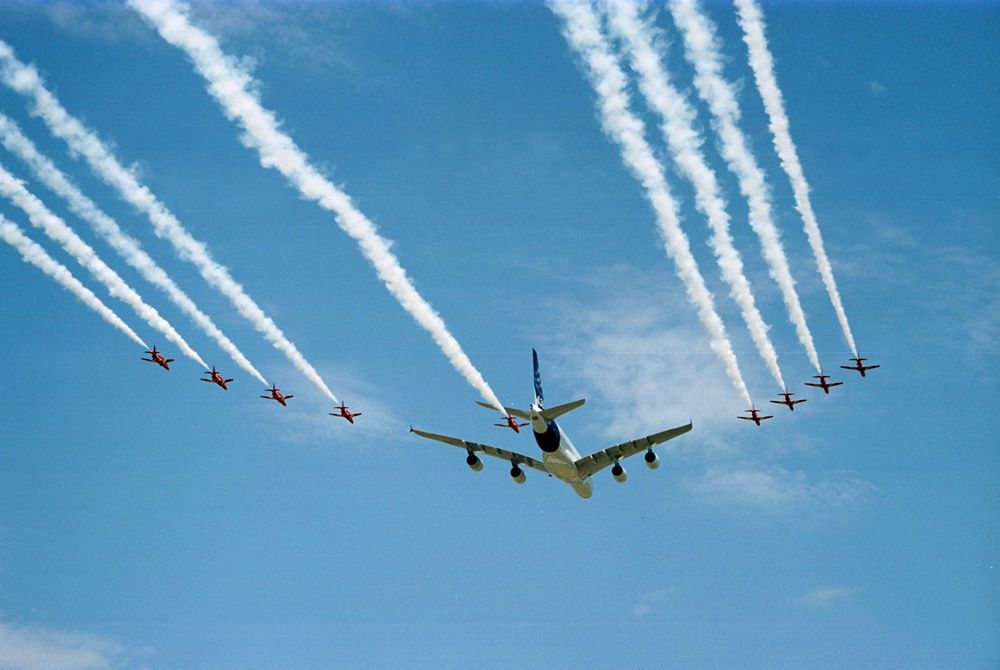Over the year, we've heard many innovative ideas to reduce the carbon footprint of the aviation industry. From recycled jet fuel to increased tax to opting for less air travel. But there's a well-know idea which is being newly reviewed in the commercial aviation world: formation flying.
Airbus' commercial testing
Formation flying has been around for many years. It was first developed in World War One as a strategy for attacking enemy territory. These days, we also commonly see formation flying as part of air show demonstrations. But now this flying technique could be used for more than just a creative aesthetic.
Airbus is now using it to develop a cleaner carbon footprint. In 2020, Airbus will follow as closely as 1.5 NM behind a customer airline A350-900 flight. It will use a test A350-1000 on a transatlantic route, testing whether formation flying is more fuel-efficient and reliable.
How does formation flying work?
A recent working paper presented by the International Coordinating Council of Aerospace Industries Associations and the International Civil Aviation Organization discussed the principles of formation flying for commercial aviation.
The strategy works in the same way as birds flying in a flock. The airplane behind the leading aircraft will travel off the residual slipstream, meaning that it will use less force to manage induced drag, therefore less fuel. The working paper stated:
"The principle relies on harvesting a part of the energy from the wake vortex generated by a leading aircraft, by actually surfing it...Thus, positioning a trailing aircraft in a right way in the area where the vortex pushes air upward enables the trailing aircraft to save over 10% fuel."
Theoretically, the idea sounds worth testing but how much would it actually reduce the aviation industry's dire environmental impact?
Would this really have an impact?
On the surface, a 10% reduction in fuel emissions looks great. It means fewer harmful gases being pumped into the atmosphere and long-haul flights will be more profitable for airlines, operating with a reduced fuel cost.
However, how much of a difference is 10% really? According to this interactive article by The Guardian, a transatlantic flight from JFK New York to London Heathrow produces an estimated 986kg of CO2. That's more than people produce per year in 56 countries around the globe, including the majority of countries on the African continent.
What's more, flying in formation sees more aircraft in the skies at the same time. This could lead to a knock-on effect where more condensed airline schedules are able to accommodate even more routes. That would be more services and carbon emissions, not less.
Is formation flying just a bandage on the world's environmental wounds?
That said, whilst it doesn't discourage people from choosing air travel the strategy still works with the CO2 problem. If people are going to fly, then it might as well be as environmentally friendly as possible. Reduced jet emissions will help the aviation industry manage its footprint.
But it could be some time before commercial formation flying services go ahead. There's a lot of checks that need to be done to ensure standardization, viability, and crucially safety.
Is it safe?
The working paper suggests that formation flying is indeed safe. It said:
"Whilst wake turbulence is commonly considered as a threat for commercial airplanes, this concept aims at taking benefit from the energy contained in trailing vortices, without compromising safety (which is paramount). "
However, there is a lack of documentation on exactly what could go wrong. The document reported that cruise control would not be affected by the new system of flying. However, there are certain alarm bells that begin to ring when imagining multiple trails of passenger-laden aircraft flying for many hours so closely behind each other. It goes without saying that the margin for error in this formation is severely reduced and a chain reaction more likely to occur.
We reached out to Airbus for comment on the safety of the practice and its future plans, but it was unavailable for comment at the time of publication.
Do you see a reliable future for formation flying? Let us know in the comments.



